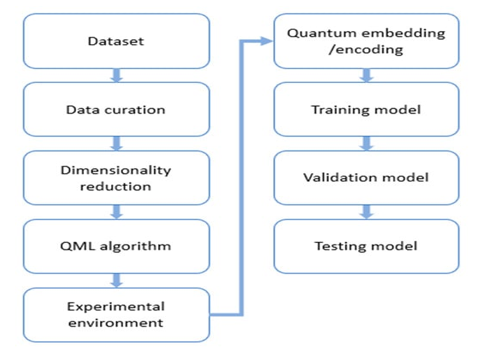Reinventing the Pharmaceutical R&D Pipeline: The Transformative Potential of Quantum ML Simulation
Keywords:
Quantum computing, machine learning, drug discovery, pharmaceuticals, R&D pipelineAbstract
The pharmaceutical industry faces immense challenges in drug discovery and development, including skyrocketing costs and lengthy timelines. Quantum machine learning simulation (QMLS) offers revolutionary potential to overcome these obstacles through vastly enhanced computational capabilities. This paper reviews the current pharmaceutical R&D pipeline and its limitations, provides background on quantum computing and machine learning, proposes a framework for applying QMLS to drug discovery, and analyzes expected impacts. A QMLS pipeline is outlined encompassing target identification, molecular generation, lead optimization, preclinical trials, and beyond. Advanced quantum algorithms and neural networks can radically accelerate and improve each phase. Conservative projections indicate 10x faster preclinical timelines, 100x expanded drug candidate pools, and 3-5x higher clinical success rates are achievable. QMLS promises to reinvent pharmaceutical R&D, enabling rapid development of safe, effective new medicines. Realizing this potential will require sustained investments, multidisciplinary collaboration, and careful translation of quantum advantages into clinical gains. The revolutionary capabilities of QMLS make it among the most promising and important frontiers in healthcare innovation.




